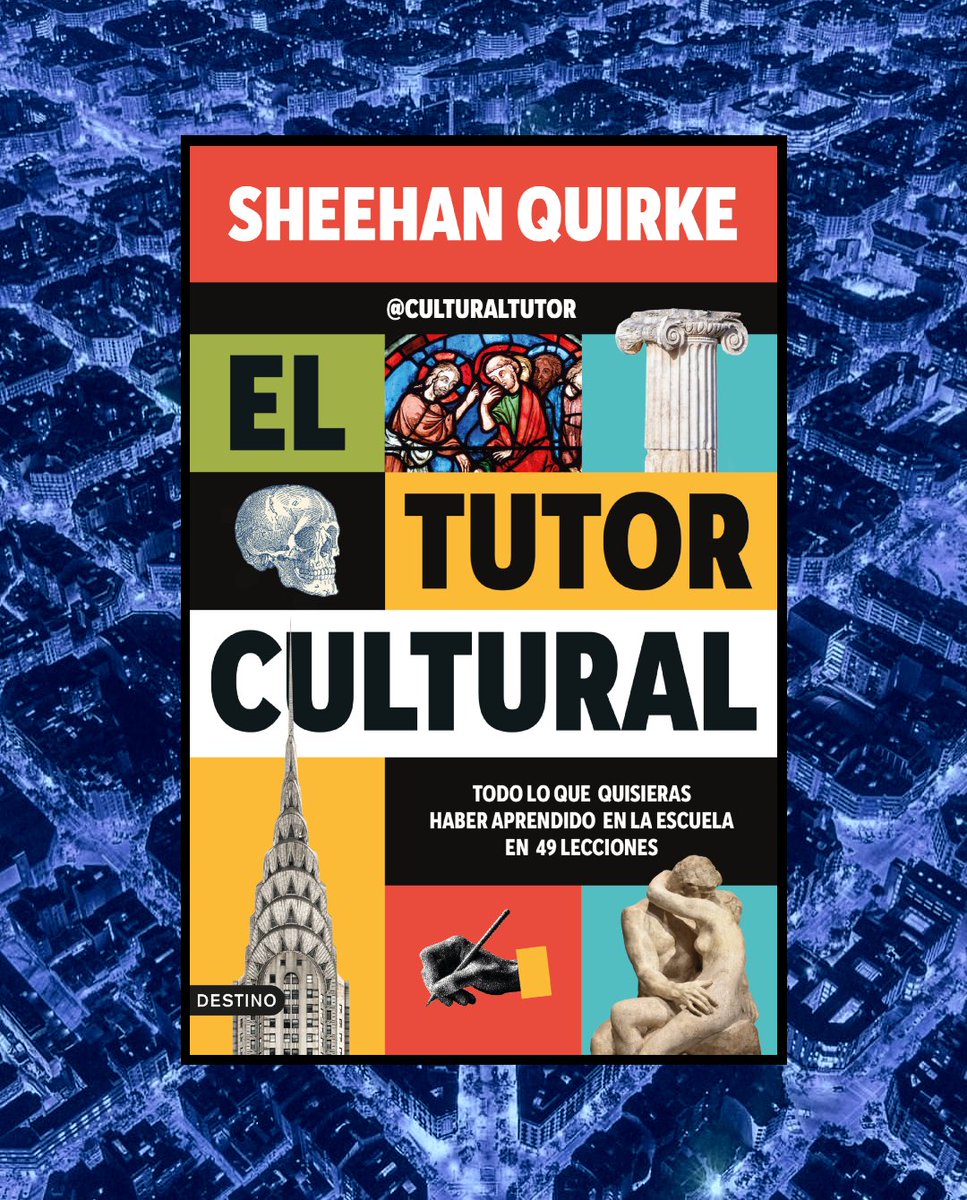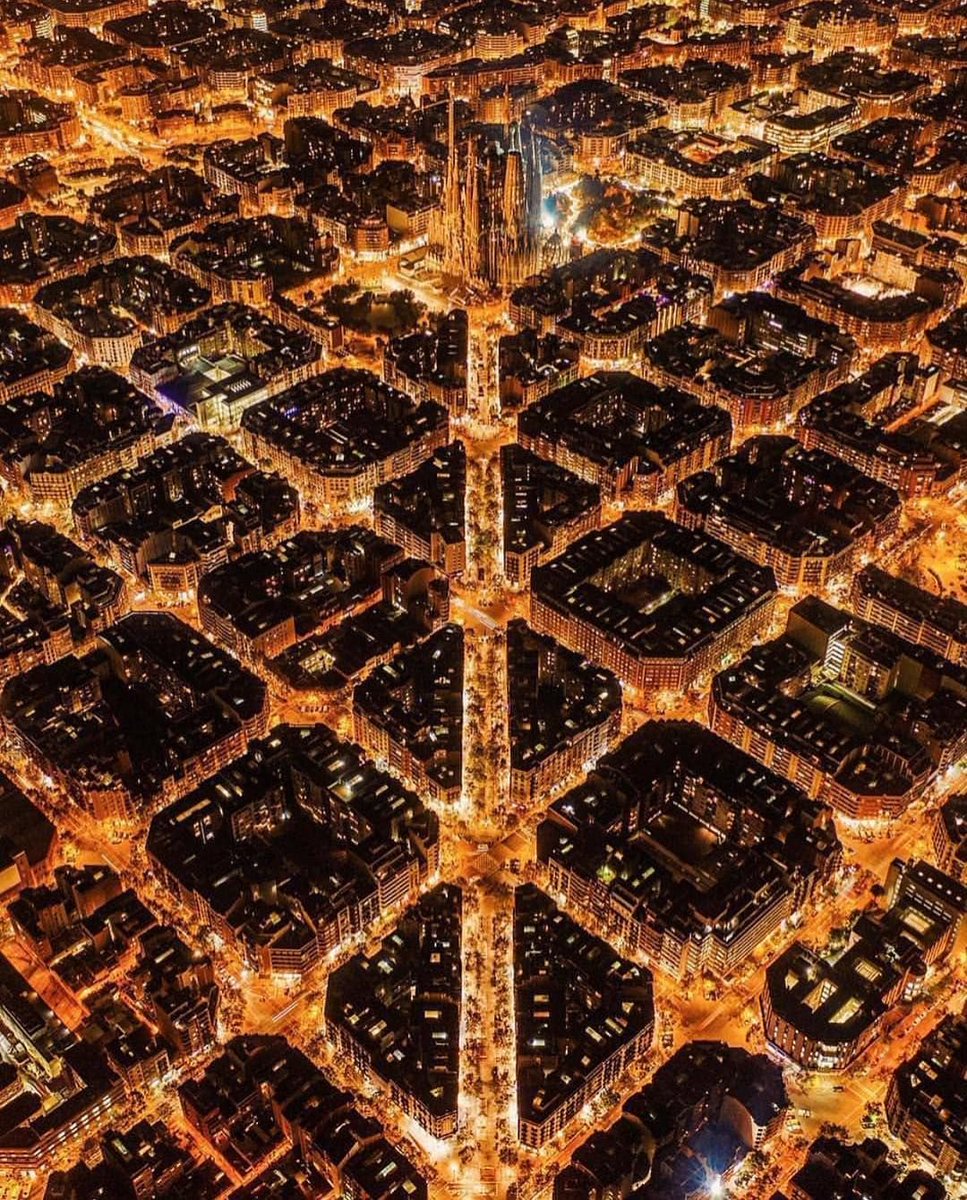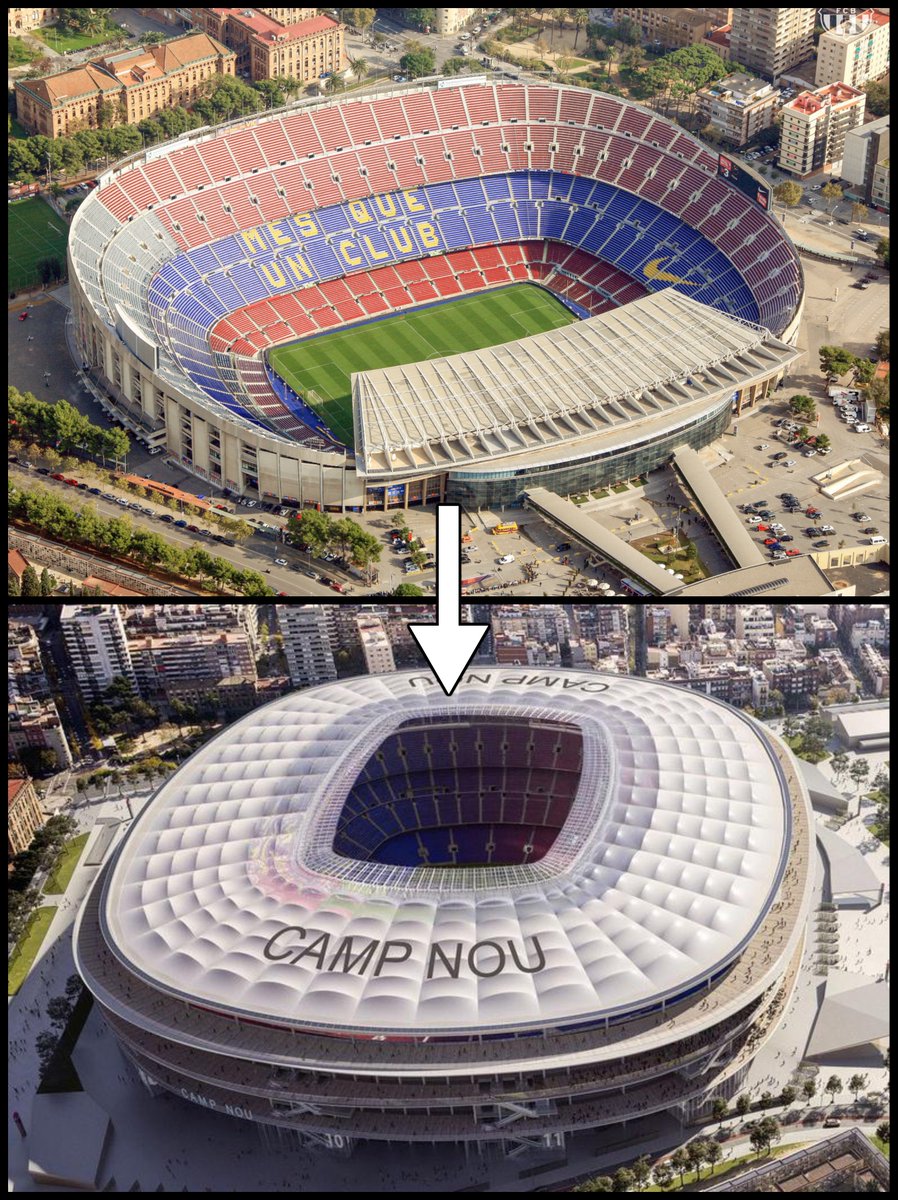174 years ago there was a huge storm in northern Scotland, and it uncovered something strange.
From beneath the soil emerged a perfectly preserved village older than the Pyramids, and it even had furniture.
This is the 5,000 year old story of Skara Brae...
From beneath the soil emerged a perfectly preserved village older than the Pyramids, and it even had furniture.
This is the 5,000 year old story of Skara Brae...

Orkney is the name of an archipelago just off the coast of northern Scotland.
It was here, in 1850, that a colossal storm partly destroyed a grassy hill by the sea.
When locals investigated they discovered that it had revealed what seemed to be walls made of large stones.
It was here, in 1850, that a colossal storm partly destroyed a grassy hill by the sea.
When locals investigated they discovered that it had revealed what seemed to be walls made of large stones.

A local landowner and amateur archaeologist called William Watt started a proper dig, and after excavating four houses he brought in an expert called George Petrie.
By 1868 the importance of the discovery — which some claimed to have known about for years — was clear.
By 1868 the importance of the discovery — which some claimed to have known about for years — was clear.

There were further studies done in 1913, but it wasn't until another storm in 1926 uncovered even more ruins that Skara Brae was properly excavated.
An archaeologist called V. Gordon Childe led the work there and wrote a book about his findings.
An archaeologist called V. Gordon Childe led the work there and wrote a book about his findings.

Childe thought Skara Brae was from the Iron Age, but in the 1970s — using radiocarbon dating — it was finally established as a Stone Age village.
People had lived here for about 500 years, from 3,100 BC to 2,500 BC.
A miraculous prehistoric survival.
People had lived here for about 500 years, from 3,100 BC to 2,500 BC.
A miraculous prehistoric survival.

There are ten structures in total, perhaps home to 100 people, who lived on livestock, crops, and seafood.
Inside each house is furniture, including beds and cabinets and chairs and fireplaces and toilets, all made from stone.
Rudimentary, but not unhomely.
Inside each house is furniture, including beds and cabinets and chairs and fireplaces and toilets, all made from stone.
Rudimentary, but not unhomely.

The houses were built with slabs of unmortared red limestone and then artificially placed underground by surrounding them with large banks of "midden".
Midden is essentially refuse, whether shells and bones or broken pottery, mixed with ash and sand.
Midden is essentially refuse, whether shells and bones or broken pottery, mixed with ash and sand.

Each house was covered with a roof, likely of turf, and must have therefore been rather gloomy and smoke-filled inside.
Although, that being said, experts still cannot agree on what the inhabitants of Skara Brae actually burned in their fires.
Although, that being said, experts still cannot agree on what the inhabitants of Skara Brae actually burned in their fires.

These houses were then connected by covered and paved passageways.
The subterranean lifestyle was surely about keeping warm and dry during the long, cold, windy, wet, and harsh winters of Orkney.
The subterranean lifestyle was surely about keeping warm and dry during the long, cold, windy, wet, and harsh winters of Orkney.

The whole village was drained by a central sewer, and each house had its own toilet connected to the sewer.
This was hardly advanced sanitation — especially compared to contemporaneous cities in the Indus Valley, for example — but is impressive nonetheless.
This was hardly advanced sanitation — especially compared to contemporaneous cities in the Indus Valley, for example — but is impressive nonetheless.

Why was everything built from stone? Because there was a lack of trees and therefore wood on Orkney — they had no choice but to use stone.
It is essentially because of this fact that Skara Brae had been so well preserved; wooden structures would not have lasted so long.
It is essentially because of this fact that Skara Brae had been so well preserved; wooden structures would not have lasted so long.

What happened in the end? Nobody knows for sure.
Some have argued that the villagers fled because of natural disaster, whether a storm or flood.
Others argue it was abandoned gradually, eventually forgotten, and then naturally buried over the centuries.
Some have argued that the villagers fled because of natural disaster, whether a storm or flood.
Others argue it was abandoned gradually, eventually forgotten, and then naturally buried over the centuries.
What was life like there?
The fact that Skara Brae was built from stone means we have an incredibly precise portrait of ordinary, domestic life.
Like these cabinets, though whether they were used for preparing food or displaying objects is unclear.
The fact that Skara Brae was built from stone means we have an incredibly precise portrait of ordinary, domestic life.
Like these cabinets, though whether they were used for preparing food or displaying objects is unclear.

That the villagers were forced to use stone (or other materials beyond wood) means countless artefacts have survived.
From mysterious carved balls (common around Scotland) to whalebone bowls and limestone figurines, plus dozens of fragments of patterned pottery.
From mysterious carved balls (common around Scotland) to whalebone bowls and limestone figurines, plus dozens of fragments of patterned pottery.

But Skara Brae is not totally unique — Orkney is filled with Stone Age remains.
Like the Knap of Howar, a set of two stone houses in the far north of the archipelago which is even older than Skara Barae.
This was created in about 3,700 BC.
Like the Knap of Howar, a set of two stone houses in the far north of the archipelago which is even older than Skara Barae.
This was created in about 3,700 BC.

Closer to Skara Brae is the Ring of Brodgar.
It was made in about 2,500 BC, is over 100 metres in diameter, and was once composed of 60 separate standing stones.
Places like this have given rise to theories that Skara Brae was some form of religious or cult centre.
It was made in about 2,500 BC, is over 100 metres in diameter, and was once composed of 60 separate standing stones.
Places like this have given rise to theories that Skara Brae was some form of religious or cult centre.

And nearby the Ring of Brodgar is the Ness of Brodgar, another village like Skara Brae but much less-well preserved.
One of its buildings, which has walls four metres thick, has been tentatively described as a temple — there is evidence of ritual animal slaughter here.
One of its buildings, which has walls four metres thick, has been tentatively described as a temple — there is evidence of ritual animal slaughter here.

There's also Maeshowe, a colossal burial mound with an immense and impressively-constructed stone chamber at its centre. 

Maeshowe is connected to Skara Brae by a road which passes the Ring of Brodgar and the Standing Stones of Stenness, below.
This was a society flourishing at the same time as those of Sumer, Egypt, and the Indus Valley, right at the dawn of human civilisation.
This was a society flourishing at the same time as those of Sumer, Egypt, and the Indus Valley, right at the dawn of human civilisation.

There are dozens more sites around Orkney (like the Unstan cairn, below) many of them yet unexcavated and surely even undiscovered.
Somehow, against the odds, the urban fabric of a Stone Age society has survived — by far the best preserved anywhere in northern Europe.
Somehow, against the odds, the urban fabric of a Stone Age society has survived — by far the best preserved anywhere in northern Europe.

And so, taken together, these sites form a remarkable and eternally fascinating Stone Age community, an outcrop of early civilisation at the very edge of a continent, living in subterranean stone houses beneath furious winters — five and a half thousand years ago. 

This part of Scotland is already an evocative and deeply atmospheric place — with low and treeless islands set against a huge sky and the endless grey of the North Sea.
Add to that these scattered and strange stone monuments, and it becomes a land of mystery and wonder.
Add to that these scattered and strange stone monuments, and it becomes a land of mystery and wonder.

And... who knows?
There is no reason to doubt that, one day, our modern megacities will crumble and melt away beneath the sands of time, and that archaeologists of the far future will discover the stumps of skyscrapers, contesting hotly what exactly they were for.
There is no reason to doubt that, one day, our modern megacities will crumble and melt away beneath the sands of time, and that archaeologists of the far future will discover the stumps of skyscrapers, contesting hotly what exactly they were for.
Just as we speculate about Skara Brae, still shrouded in mystery, future historians will speculate about us.
And maybe they'll get things wrong, as we have surely got things wrong about Skara Brae.
What would future generations make of the ruins of a place like Disney World?
And maybe they'll get things wrong, as we have surely got things wrong about Skara Brae.
What would future generations make of the ruins of a place like Disney World?

And who knows what else is lying in wait, buried beneath just a few feet of sand or soil, waiting to be discovered?
In any case, that's the brief story of Skara Brae and the Stone Age society of Orkney — a place that lets us look at our 5,000 year old ancestors face to face.
In any case, that's the brief story of Skara Brae and the Stone Age society of Orkney — a place that lets us look at our 5,000 year old ancestors face to face.

• • •
Missing some Tweet in this thread? You can try to
force a refresh





















